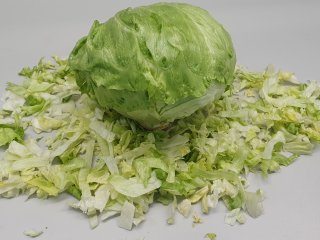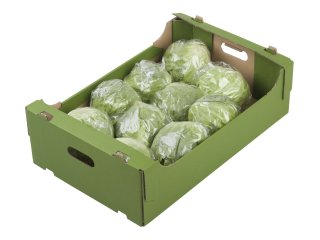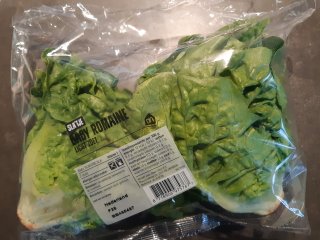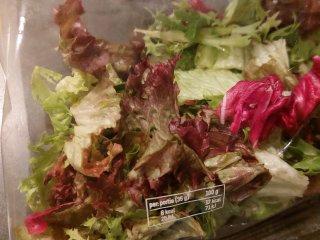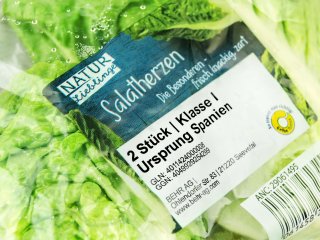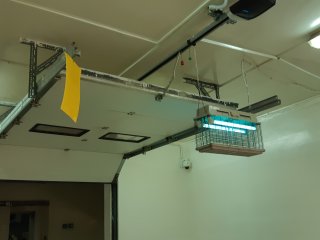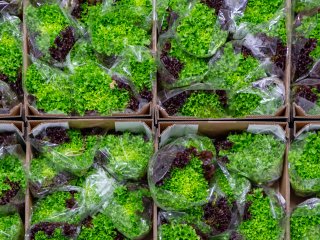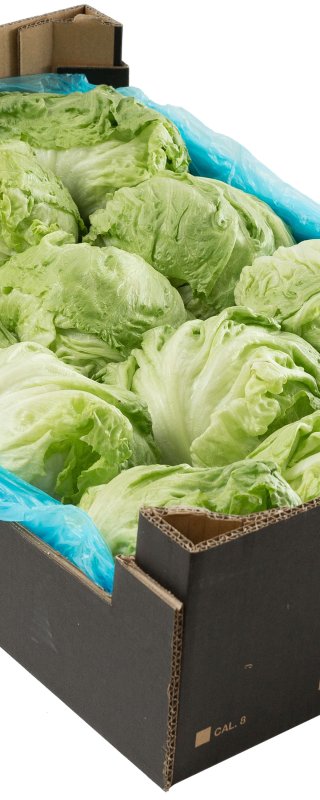
Packhouse practices for lettuce
Packhouse practices for lettuce cover the activities from the moment the products arrive in the packhouse to the moment of transport to the intended market. Sorting, grading, washing, packing and cooling are among the main activities. It is very important that the packhouse has sufficient capacity to cool the products, as good temperature management is a requirement to maintain a good quality of horticultural produce. Furthermore, proper cleaning and sanitizing of building and equipment is part of good packhouse practices.
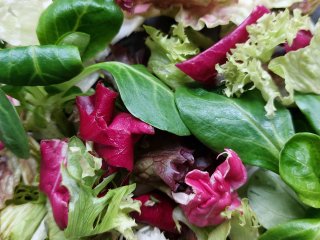
Well regulated and controlled processes
The activities in the packhouse facilities must be well regulated and controlled. The cooling of the lettuce should begin as soon as possible after harvest. An effective method to quickly lower the temperature of lettuce is by vacuum cooling. Lettuce is very sensitive to moisture loss, which can be reduced by proper packaging, possibly already applied on the field (“field packing”). While whole lettuce can often be sold in its original form, lettuce intended for fresh-cut salads obviously needs further processing steps. They are freshly cut, washed and packaged. Here too, the packaging is of high importance for the shelf-life

